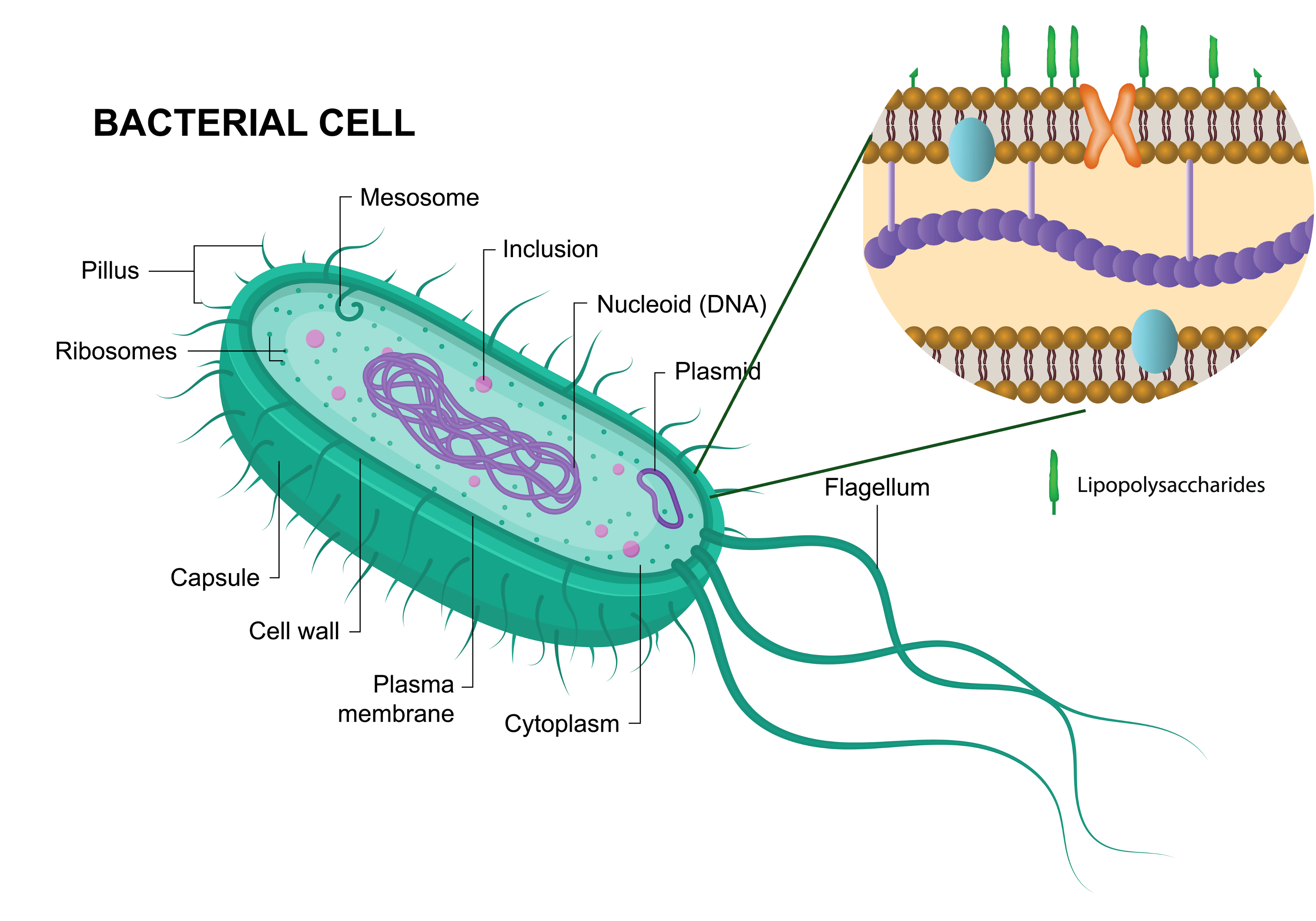Atopic dermatitis and the gut skin axis mice model

Atopic dermatitis (AD) is a public health concern and is increasing in prevalence in urban areas. AD is a chronic condition that causes dry, itchy and inflamed skin. Affecting about 15-30% of children and 10% of adults all over the world, the disease gradually increases with the development of industrialization and urbanization.
The disease is known to be multifactorial and still raise as an enigma. It has been attributed to an excessive hygiene and to the lack of exposure to microbes and therefore a lack of education of the immune system.
Recent advances in sequencing technology have demonstrated that the development of AD not only associates with the skin microbiome, but also with gut microbiota. In other words, unbalanced gut microbiome or intestinal permeability may lead to a loss of integrity of the skin barrier that might trigger predispositions to atopic dermatitis in this case.
The gut microbiome might play a crucial role in the development of AD by regulating immune system maturation through cross-talk between the microbiome and the host, especially in early life. Alterations in the gut microbiome affect the immune system balance via the production of metabolites, which can cause an inflamed microenvironment in the presence of specific microbiome in the gut.
Probiotics are often viewed as solutions to restore an equilibrium in the gut microbiome. Indeed, it has been demonstrated that probiotics can influence the composition of the gut microbiome and therefore may have immunomodulatory effects through several organs, owing to the connection that exists between gut and many other organs.
Probiotic supplements may be an alternative for the prevention and treatment of AD.
In this scenario, companies that work on Atopic Dermatitis should think of the development of therapeutics directed towards gut microbiome and intestinal permeability to have significant impact with their solution.
At Vibiosphen we think that it is crucial to be up-to-date with leading science and with the tools to support innovation solution for atopic dermatitis. For several decades, germ-free animals have been used to study the interaction between the host and its microbiota.
At Vibiosphen we’ve decided to develop a new model to exploit these findings. Whereas most animal models focus on skin model, we've taken the lead to exploit the gut-skin axis. We have developed an innovative preclinical mouse model of AD based on colonization of gut neonates with an inflammation-prone Escherichia coli strain (SP15) in a model of natural vertical transmission of microbiota.
We will be pleased to discuss the establishment of the model and the solution we can design to assess the efficacy of your compound or probiotic on our mouse model.
Interesting article:
- https://www.frontiersin.org/articles/10.3389/fimmu.2021.720393/full
- https://www.ncbi.nlm.nih.gov/pmc/articles/PMC6021588/pdf/aair-10-354.pdf
- https://journals.plos.org/plosone/article?id=10.1371/journal.pone.0096603
- https://pubmed.ncbi.nlm.nih.gov/26032361/
- https://www.annallergy.org/article/S1081-1206(14)00370-6/fulltext
Catégories
Pagination
- Page 1
- Page suivante
Archives
- juin 2025 (3)
- mai 2025 (1)
- mars 2025 (1)
- mai 2024 (1)
- avril 2024 (2)
- septembre 2023 (1)
- août 2023 (1)
- mai 2023 (1)
- avril 2023 (2)
- février 2023 (1)
- décembre 2022 (1)
- octobre 2022 (1)
- juin 2022 (1)
- mai 2022 (3)
- avril 2022 (1)
- février 2022 (2)
- janvier 2022 (3)
- décembre 2021 (2)
- novembre 2021 (1)



